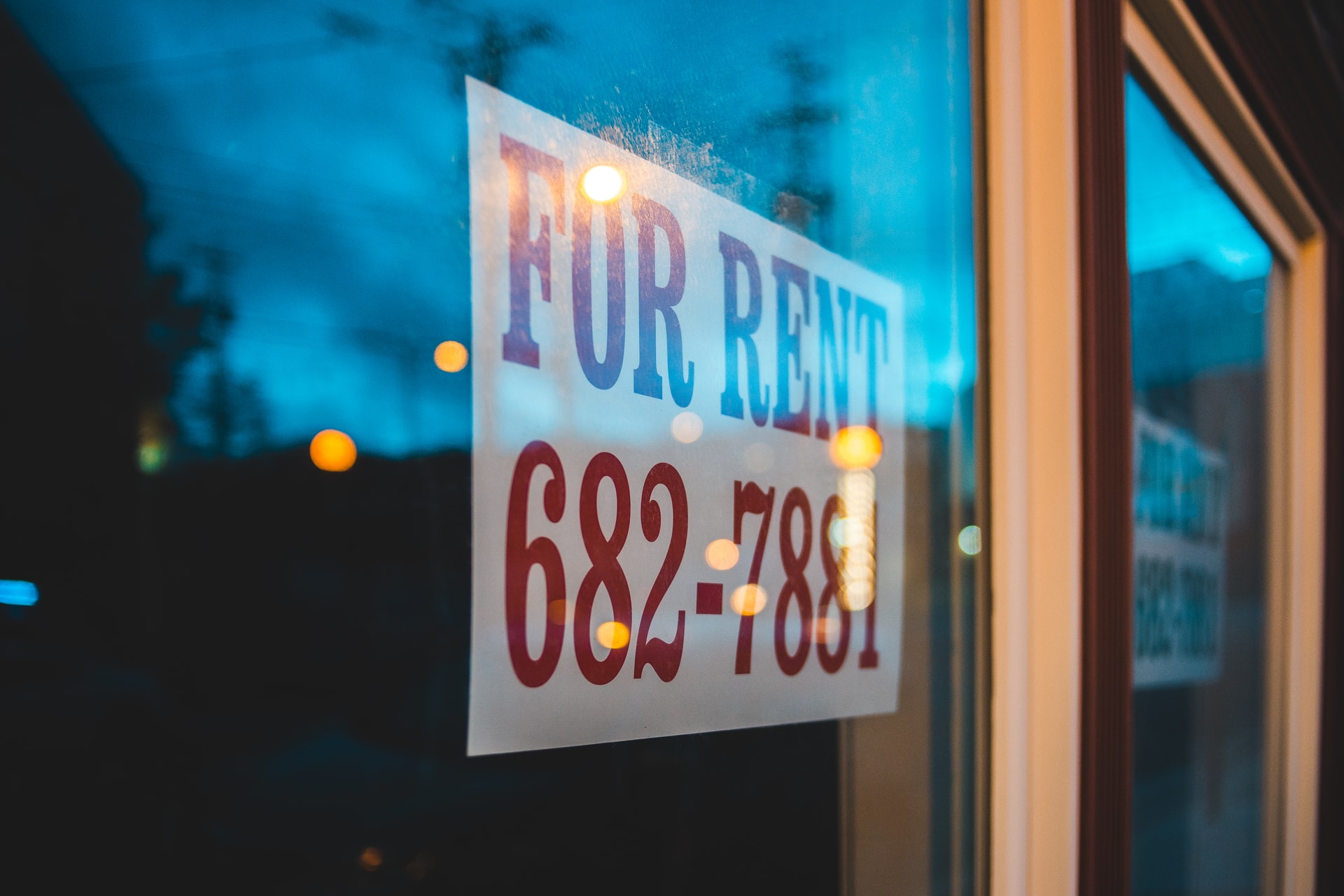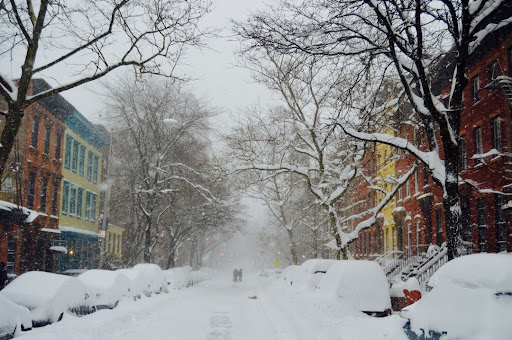Rent the Right Place: Tips to help you find your new home

This is it – you patiently wait on the doorstep of what could possibly be your next home. After a few more knocks, the landlord finally opens the door to let you in. What happens afterward could go either two ways.
One – you instantly feel a cozy feeling once you step inside. As you scope out the beautiful unit, you can already imagine where your future furniture would go and all the things you’ll do once you sign the tenant agreement and move in.
Or, two – your high hopes are crushed once you see the mess, seemingly outdated appliances, and the cabinet door that looks like it will fall off any minute. This latter place is every renter’s worst nightmare and should be crossed off your list of choices immediately. Make sure you know what to look for to ensure you choose both the most comfortable and safest place to rent.
About 11 million people in Canada, from all across the age board, rent their homes. This figure continues to grow, as more immigrants enter the country and more millennials reach the age where they’re ready to move out of their parents’ homes. For these groups still trying to find a stable financial footing, rent is usually the most affordable and practical housing option.
However, it can be quite a struggle to find a place to rent due to the low number of options available. In Vancouver and Toronto, vacancy rates have crashed to historic lows, standing around a mere 1%! The difficulty entailed in home hunting is heightened further when you factor in how common bad living conditions are in places put up for rent.
Conditions to watch out for and avoid
As you start looking into prospective places to call home, it is important to keep an eye out for conditions that could lead to an unpleasant living experience. For instance, tenants in apartment buildings usually complain about having to deal with bed bug and mouse infestations, as well as broken laundry machines and elevators. In fact, last year, firefighters in Ontario alone responded to 4,461 calls to save people stuck in elevators. This is likely due to the age of the elevators, with more than 10,000 of 18,000 residential building elevators between 25 and 50 years old, and another 1,550 that are more than 50 years old.
In addition, many buildings fail to go through regular inspections. Thus, the city of Toronto has been considering making these mandatory for all apartment buildings that contain 10 units or more and are three storeys or higher, to ensure better maintenance. Furthermore, landlords who are not transparent with their activities involving improvements, maintenance, and cleaning also contribute to undesirable living conditions. If the place you’re considering to rent is subject to such circumstances, it would be wise to start looking elsewhere.
The Landlord and Tenant Act
A landlord has multiple responsibilities to his/her tenants. For instance, it is the landlord’s responsibility to repair any features of their property that do not comply with health, safety, housing and maintenance standards. It is also the landlord’s responsibility to provide vital service, care service or food negotiated under the tenancy agreement. Make sure you know your rights and exercise them when needed, like in the case of an accident or injury caused by faulty features on the property.
Tips to find the right place to rent
A safe space with comfortable living conditions should be ideal for renters. In order to narrow down on the best options and choose the right place, try the following:
- Seek the help of a real estate agent. Lessen your workload and stress from home hunting by getting an agent to do the research, put together a shortlist of units, and set up viewing appointments.
- Have a list of options to choose from. It’s better to see multiple units, so you can compare and then select the one that best fits your taste and needs.
- Be mindful of how the landlord behaves. If a landlord fails to ask you for proof of employment, references or a credit cheque, re-think whether you want to live in their unit. This apathy towards important details likely reflects poor management and maintenance of the building.
- Talk to other tenants. Ask past and current tenants about the landlord, tenant turnover, maintenance and infrastructure issues, and how complaints are handled. This will give you a good idea of what it’s like to live in the space from people who have experienced it first-hand.
- Check the bed bugs registry. Many apartments buildings suffer from bed bug infestations. Make sure you avoid having to sleep with such pests, by checking whether your prospective choices are listed in the city’s bed bug registry.
- Do a final walk-through of the unit’s built-in features and amenities. Viewing appointments are crucial when it comes to buying a home, for this is when you’ll be able to get a feel for the place and see what it has to offer. Take this first-hand opportunity to make sure that:
- Faucets and light switches turn on and off
- Toilets flush
- Outlets work, by bringing a cellphone charger to test them out
- There are no chew marks or droppings, particularly in cupboards and storage spaces, for these can signal rodent or insect infestations
- Smoke alarms and fire safety equipment, such as an extinguisher, are available and functioning properly
- Doors and windows can be opened/closed and locked/unlocked
- All included appliances are working, such as the dishwasher, fridge, washer, and dryer
- Floors and walls are free of any damage
- Cupboards are securely put together and close properly
- Take pictures of any problems you find in the unit during viewing appointments. This way, you’ll have proof of any maintenance or infrastructure issues, and can get compensation in the case of an accident.
Ensure that the next place you rent is comfortable, safe, and worthy of being called “home sweet home.” If you have been injured due to faulty features in the place you’re renting, contact us today to learn about how we can help you receive the compensation you deserve.













